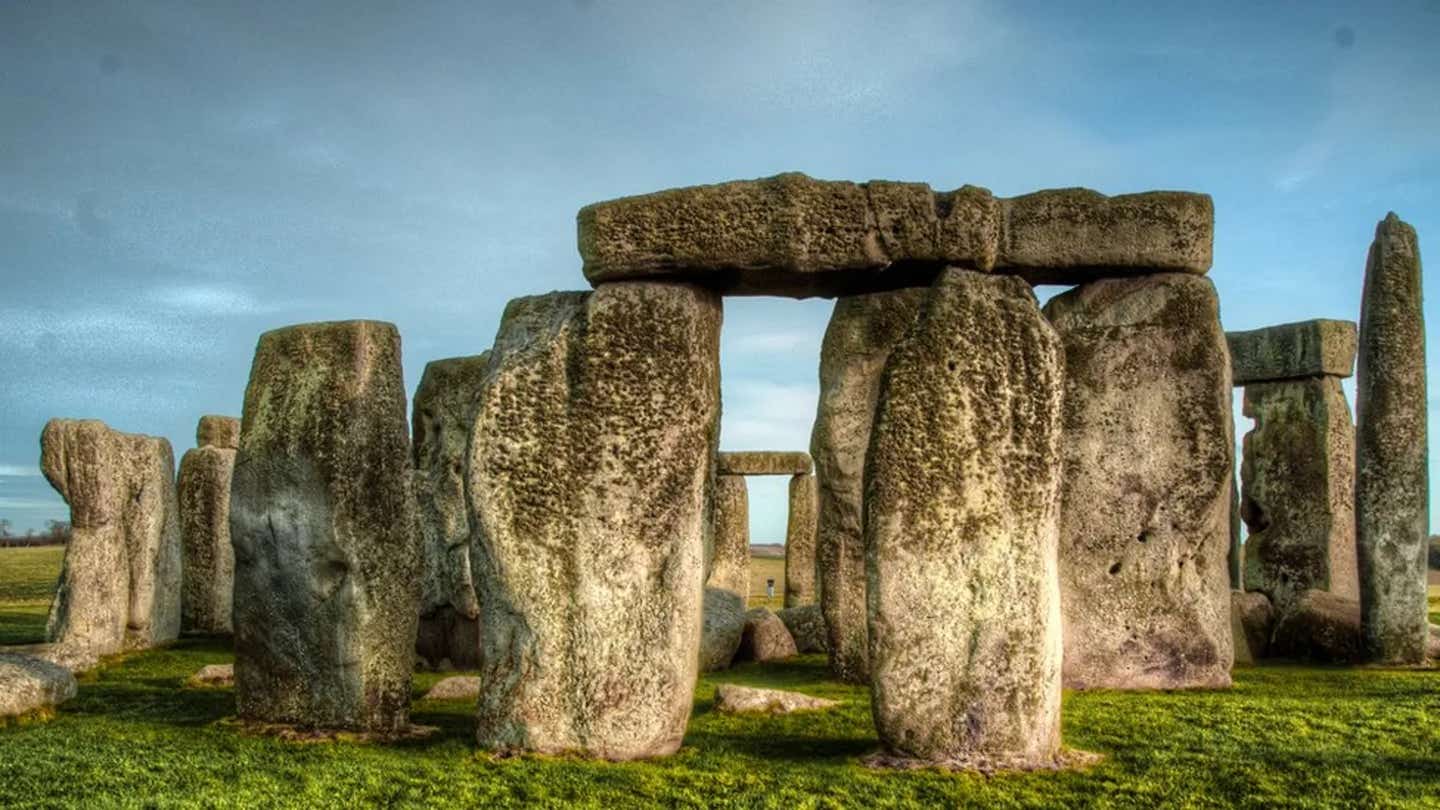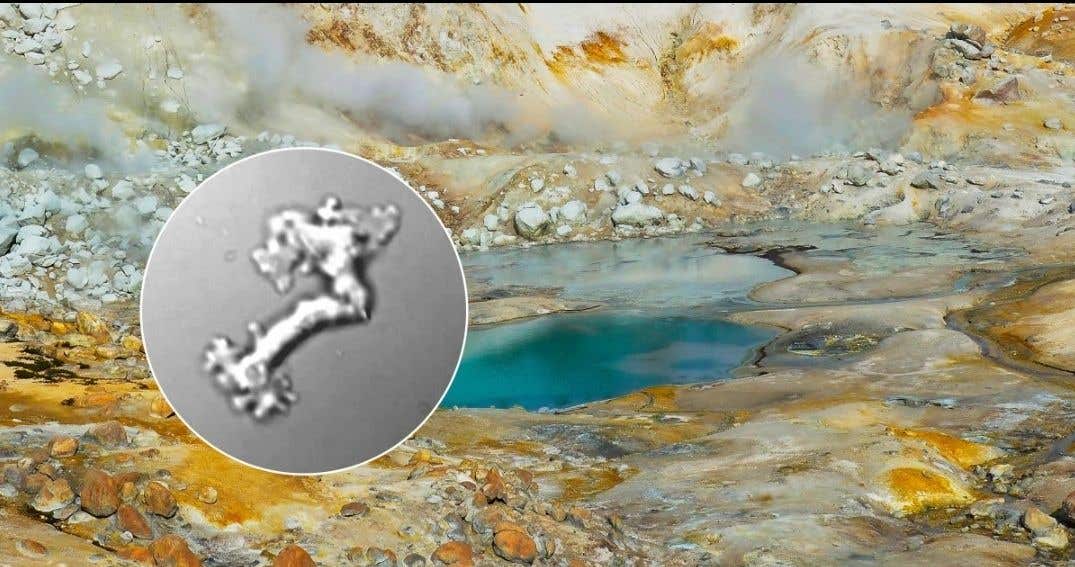Major parts of Stonehenge may have actually originated in Scotland
Stonehenge’s monumental Altar Stone, weighing six tons and long believed to have originated in Wales, actually comes from Scotland.

The study also suggests that advanced transportation methods and societal organization existed around 5000 years ago. (CREDIT: Getty Images)
New research from Curtin University has revealed that Stonehenge’s monumental Altar Stone, weighing six tons and long believed to have originated in Wales, actually comes from Scotland. This discovery not only shifts our understanding of the stone's origins but also suggests that advanced transportation methods and societal organization existed around 5000 years ago when the stone was moved to its current location in southern England.
The Altar Stone, a sandstone block measuring 5 x 1 meters and 50 centimeters thick, sits at the center of Stonehenge’s iconic stone circle in Wiltshire. Curtin researchers examined the age and chemical makeup of mineral grains within fragments of this stone, leading to a groundbreaking discovery.
Lead author Anthony Clarke, a PhD student with Curtin’s School of Earth and Planetary Sciences, explained that the minerals in the Altar Stone are mostly between 1000 and 2000 million years old, with others around 450 million years old.
“Our analysis provides a distinct chemical fingerprint that suggests the stone originated from rocks in the Orcadian Basin in Scotland, at least 750 kilometers away from Stonehenge,” Clarke said. He added that this raises intriguing questions about how such a massive stone was transported over such a vast distance in the Neolithic era, considering the technological limitations of that time.
For Clarke, this discovery is also deeply personal. Growing up in the Mynydd Preseli in Wales, where some of Stonehenge’s stones are known to have come from, he first visited Stonehenge as a one-year-old. Now, at 25, he returned from Australia to contribute to this scientific breakthrough. "You could say I’ve come full circle at the stone circle,” Clarke reflected.
The findings have significant implications for understanding ancient communities, their connections, and their transportation methods. Professor Chris Kirkland, a co-author of the study and also from Curtin’s Timescales of Mineral Systems Group, emphasized the importance of this discovery. “The origins of the Altar Stone highlight a significant level of societal coordination during the Neolithic period and help paint a fascinating picture of prehistoric Britain,” he said.
Kirkland suggested that transporting such a massive stone overland from Scotland to southern England would have been extremely challenging, indicating a likely marine shipping route along the British coast. This, in turn, implies that long-distance trade networks and a higher level of societal organization existed during the Neolithic period in Britain than previously understood.
Related Stories
This research, funded by an Australian Research Council Discovery Project, was carried out in collaboration with Aberystwyth University, The University of Adelaide, and University College London (UCL). Professor Richard Bevins from Aberystwyth University, another co-author, pointed out the groundbreaking nature of the findings.
“For the past century, it was believed that the Altar Stone came from Wales. We’ve now succeeded in determining its Scottish origin,” he said. Bevins added that while they can now confirm the stone is Scottish, the exact location in northeast Scotland from where it was sourced remains to be identified.
Dr. Robert Ixer from the UCL Institute of Archaeology, another co-author, described the findings as genuinely shocking. However, he noted that if plate tectonics and atomic physics are correct, then the Altar Stone is indeed Scottish. “This discovery raises two important questions: why was the Altar Stone transported from the very north of Scotland, and how was this feat achieved?”
Curtin University’s Vice-Chancellor, Professor Harlene Hayne, highlighted the role of the John de Laeter Centre in facilitating this research. “This fascinating study is another example of the stellar work being undertaken by Curtin University’s Timescales of Mineral Systems Group with the John de Laeter Centre,” she said. The center offers state-of-the-art equipment, including specialist mass spectrometers used to examine the composition of various materials, which was crucial for this research.
Professor Hayne also emphasized the importance of ongoing investment in maintaining cutting-edge facilities like the John de Laeter Centre. These facilities are vital for attracting the world’s best minds. In this case, they drew Anthony Clarke, a PhD student from Wales, to travel 15,000 kilometers to study at Curtin and make this significant discovery.
Clarke chose Curtin for his PhD because of the opportunity to work alongside renowned researchers like Professor Kirkland. “Curtin has given us the freedom and independence to explore fascinating work, like the origins of Stonehenge,” Clarke said. He also praised Western Australia as an outstanding natural laboratory, home to the oldest minerals on Earth, which provided an excellent environment for his research.
The full study, titled ‘A Scottish Provenance for the Altar Stone of Stonehenge,’ will be published in the journal Nature. This discovery reshapes our understanding of the ancient world, offering new insights into the remarkable achievements of prehistoric societies.
Note: Materials provided above by The Brighter Side of News. Content may be edited for style and length.
Like these kind of feel good stories? Get The Brighter Side of News' newsletter.



